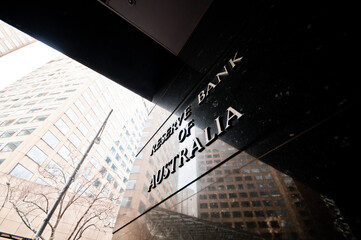Asian stocks experienced uncertain trading on Tuesday as investors approached the market cautiously in anticipation of upcoming data releases and central bank meetings. The day started with a surprise interest rate hike in Australia, leading to a strengthened local currency.
Market expectations were for Australian bank to maintain the current interest rate, but the surprise 25 basis point increase led to a 0.8% surge in the Australian dollar. This boost pushed the currency to its highest level in a week, reaching $0.6692.
The yield on three-year Australian government bonds experienced a significant increase, while Australian stocks declined by 0.7%.
Concerns arose in the U.S. Treasury market regarding short-term tenors due to the impending borrowing ceiling of the government. Meanwhile, MSCI's comprehensive index of Asia-Pacific shares, excluding Japan, remained unchanged.
Mainland China's markets were closed, but Japan's Nikkei index reached a 16-month peak before retracting slightly. The banking sector had a negative impact on the Nikkei's performance.
Following the Bank of Japan's decision to maintain its accommodative monetary policy, the yen stabilized after experiencing significant declines over the past two sessions. This policy divergence contrasts with the tightening cycles of central banks in the U.S. and Europe. Consequently, the Australian dollar gained nearly 1% against the yen.
On Tuesday, the yen broke through its 200-day moving average and reached a nearly two-month low against the U.S. dollar. However, it later steadied at around 137.40 yen per dollar.
The Japanese currency also reached a new 14.5-year low against the euro, trading at 151.08 yen per euro. Additionally, it recorded its lowest level against the Swiss franc, based on Refinitiv data dating back to the early 1980s.
Meanwhile, the euro remained stable at $1.0987.
European futures went up by 0.2% in Asia, while S&P 500 futures remained flat.
During the Asian trading session, the two-year Treasury yields, which indicate expectations for short-term U.S. interest rates, remained stable at 4.1451%. On the other hand, U.S. credit default swaps, which serve as a form of insurance against default, have experienced a recent surge in value due to political tensions bringing the U.S. government closer to its borrowing limit. It is worth noting that these credit default swaps are currently facing limited trading activity.
One-month Treasury bill yields jumped about 16 bps in Asia and bid-offer spreads were wide.























